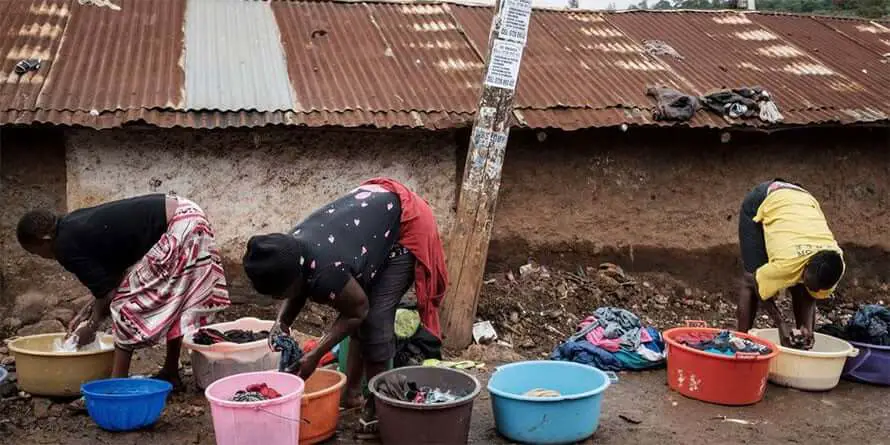Although Kenya is home to 43 tribes (after the inclusion of the Makonde community in 2017), most of the nation’s wealth—nearly 95%—is controlled by five communities: Kikuyu, Kisii, Kalenjin, Luhya, and Somali.
However, it is essential to note that many people in those five communities are still impoverished.
The situation has made the country experience a significant wealth disparity since it’s only a small group of wealthy people and investors that reap the benefits of the nation’s economic performance, while millions of people still live in poverty.
Another major factor in the country’s high poverty level is that 75% of the citizens depend on agriculture for a living.
The situation is worse due to the prolonged drought currently ravaging the country.
It has resulted in extreme famine and hunger in the northern counties of the country.
The drought has resulted in decreased livestock and crop production, agricultural financial losses, and higher unemployment rates.
As a result of reduced food production, the national government has to provide food assistance to the most affected counties.
A List of the Poorest Tribes in Kenya
According to the urban dictionary, being poor means not having enough monetary resources to meet one’s basic needs, enjoy life’s comforts, or behave in a way that would be considered respectable in one’s community.
Below is a comprehensive list of the poorest tribes in Kenya.
The ranking is based on the communities’ ability to access essential resources and conditions, such as health amenities, education, clean water, access to energy, and the overall standard of living.
1. Oromo
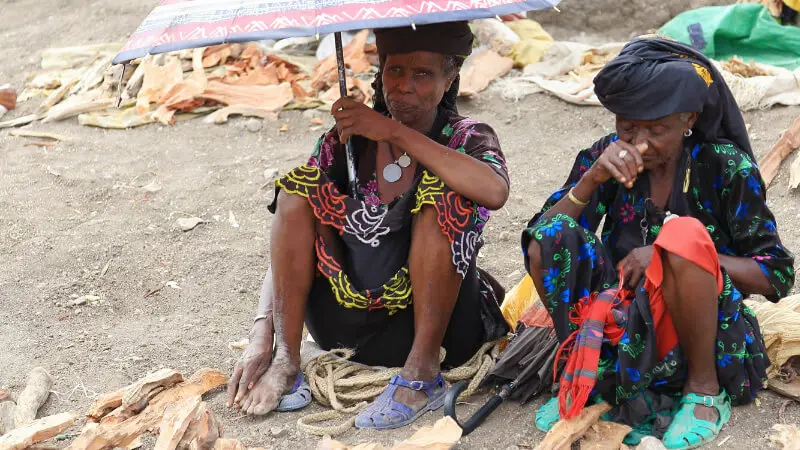
This community is currently the poorest ethnic group in Kenya.
The lack of access to healthcare, education, and living standards are all significant contributors.
2. Ogiek
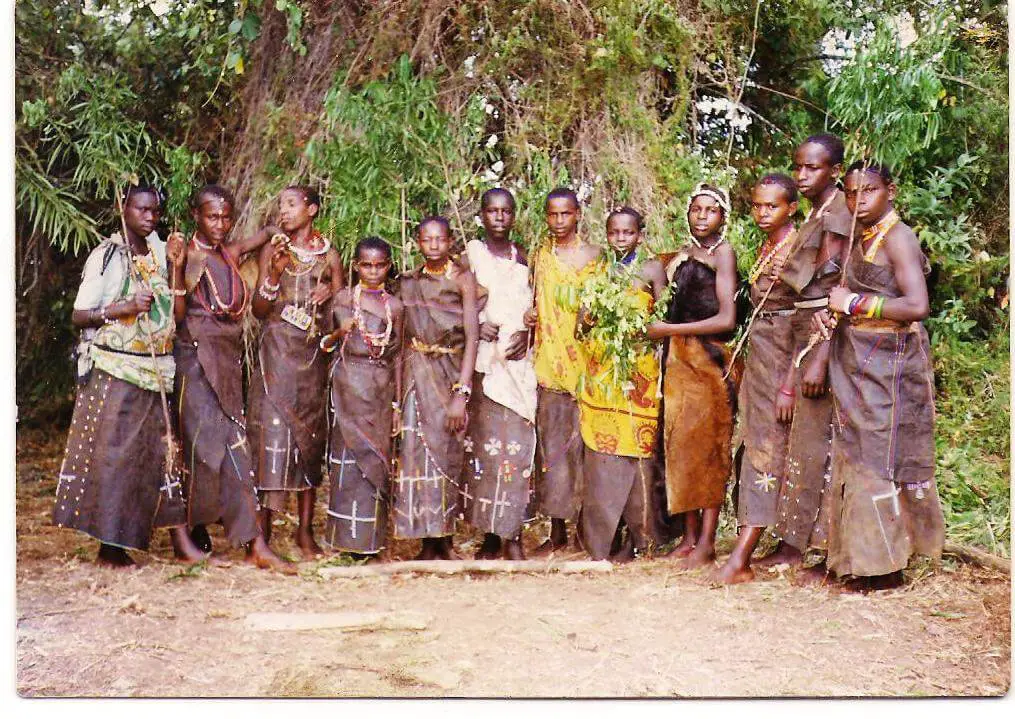
The Ogiek’s hunting and gathering way of life, seen as unsustainable, makes them the second poorest community in Kenya.
Since the community is the last known forest dwellers tribe in Kenya, they have an illiteracy rate of 98%, which makes it hard for them to compete fairly in accessing the country’s economic opportunities.
The community has made multiple complaints against the Kenyan government, alleging unfair treatment, such as being evicted from Mau forest.
They claim that the forest was their natural habitat and source of livelihood.
After being expelled from Mau forest, the community’s economic situation continues to deteriorate.
3. Makonde
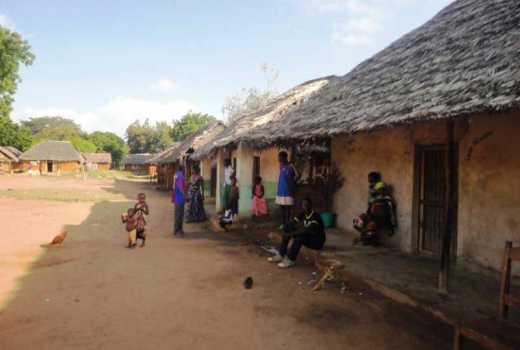
They are Kenya’s newest as well as the smallest tribe.
Unfortunately, they are also among the poorest community in the country.
Members of the Makonde community have lamented the lack of employment opportunities.
Before winning their case in 2017, they were not eligible to have a Kenyan identity card.
Their chairman, Thomas Nguli claims, that certain local authorities and citizens continue to view them as stateless people who are not recognized contributors hence missing out on employment prospects and participation in significant national government projects.
4. Turkana and Samburu
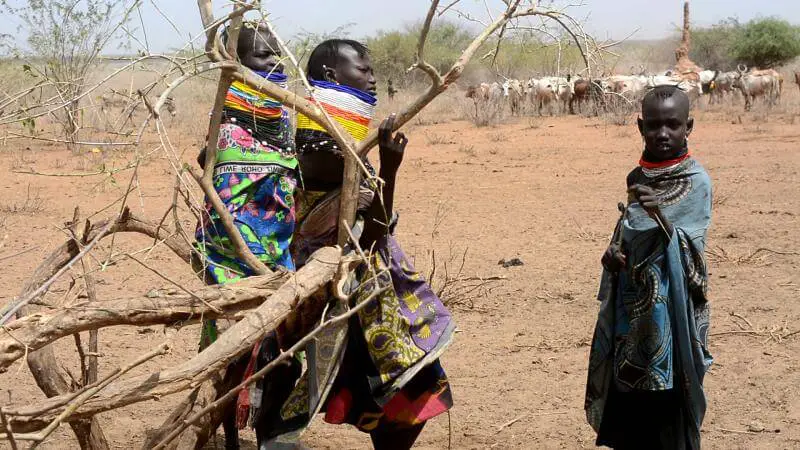
These communities usually live in the North Eastern region, which is considered a highly marginalized part of the country.
The communities also participate in traditional cultural practices like cattle rustling, which hinders their ability to be entrepreneurial.
Sadly, Turkana and Samburu have an illiteracy rate of more than 80%.
The prevailing drought has also worsened their situation since most livestock succumbed to hunger.
To avoid losing all their animals, most pastoralists decided to sell the animals that survived at a meager price to afford food for the starving families.
Since these communities base their wealth status in direct relation to the number of livestock a person owns, the loss of their animals due to the drought was a significant blow.
5. Digo, Kauma, Rendile, Oromo, Chonyi, and Digo
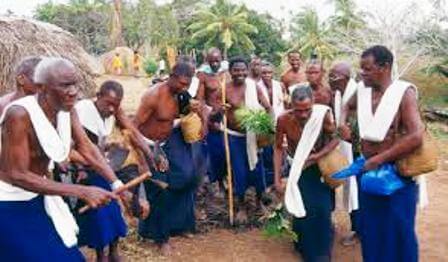
These Mijikenda tribes rank among the poorest tribes in the nation.
These communities, which reside in the country’s coastal regions, lack the entrepreneurial abilities to promote their financial growth through businesses.
Most of them are either entirely or partially illiterate, which is a significant reason why they are usually neglected or given low-valued jobs whenever economic opportunities such as tourism arise in the coastal region.
The Way Forward
Fortunately, the Kenyan government is fully aware of this information and is finding ways to resolve this issue.
For instance, the national and county governments are working hard to increase literacy levels for these tribes.
In collaboration with the private sector, they are making sure that all children have access to primary and secondary education while providing free meals to encourage attendance.

